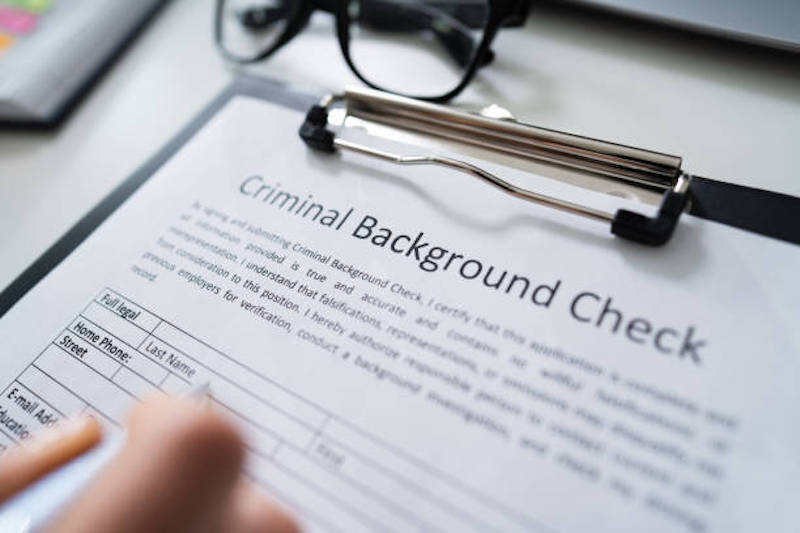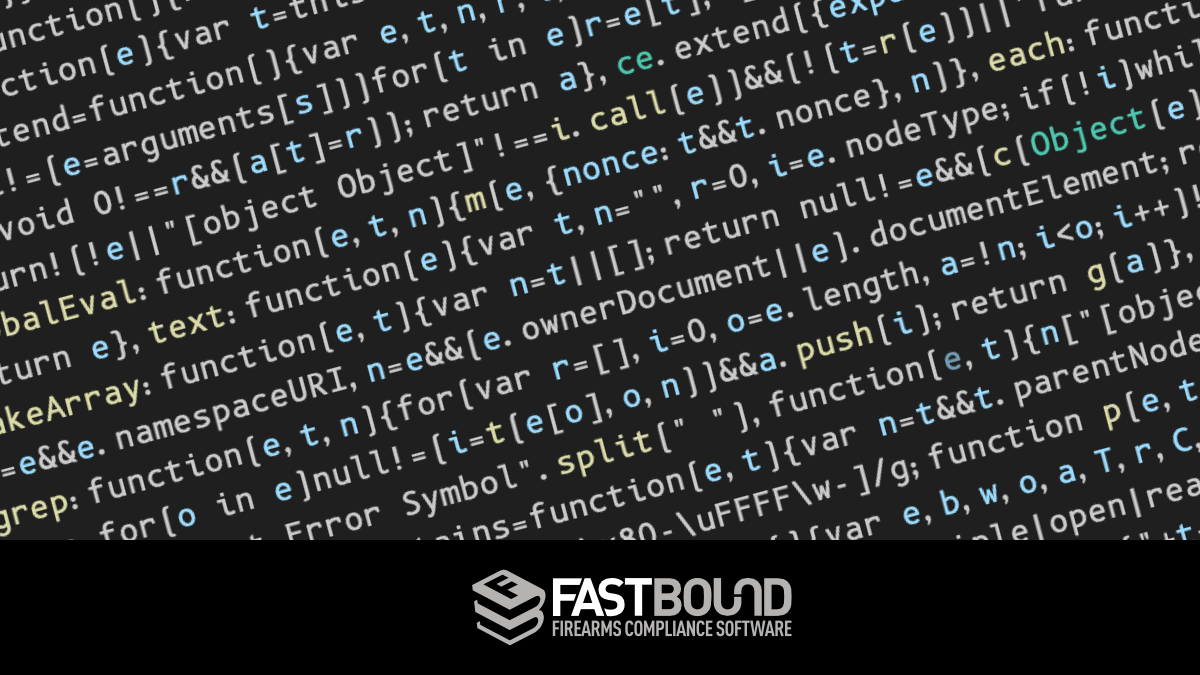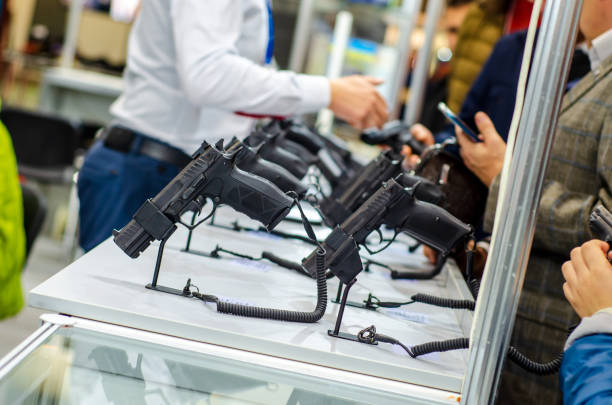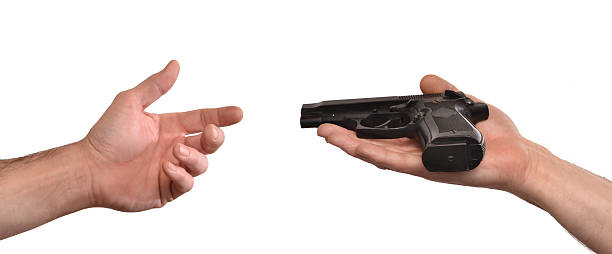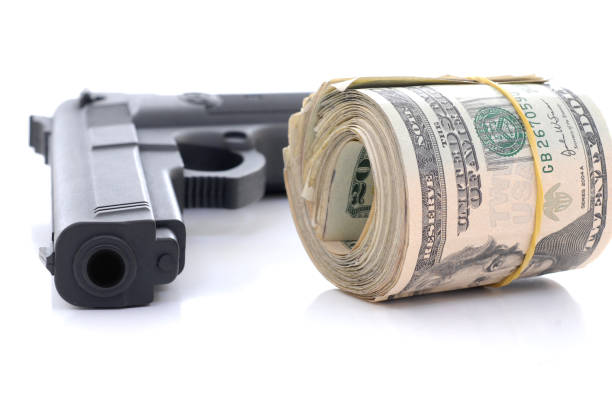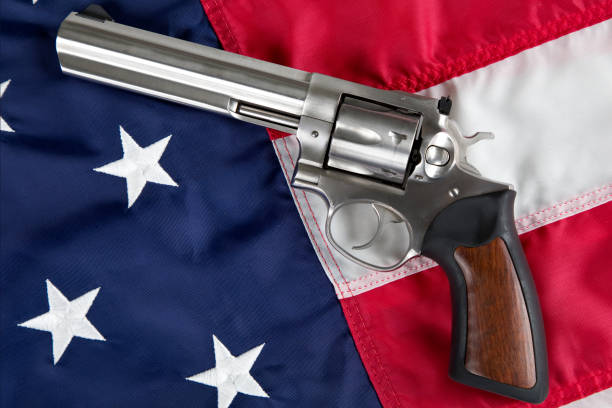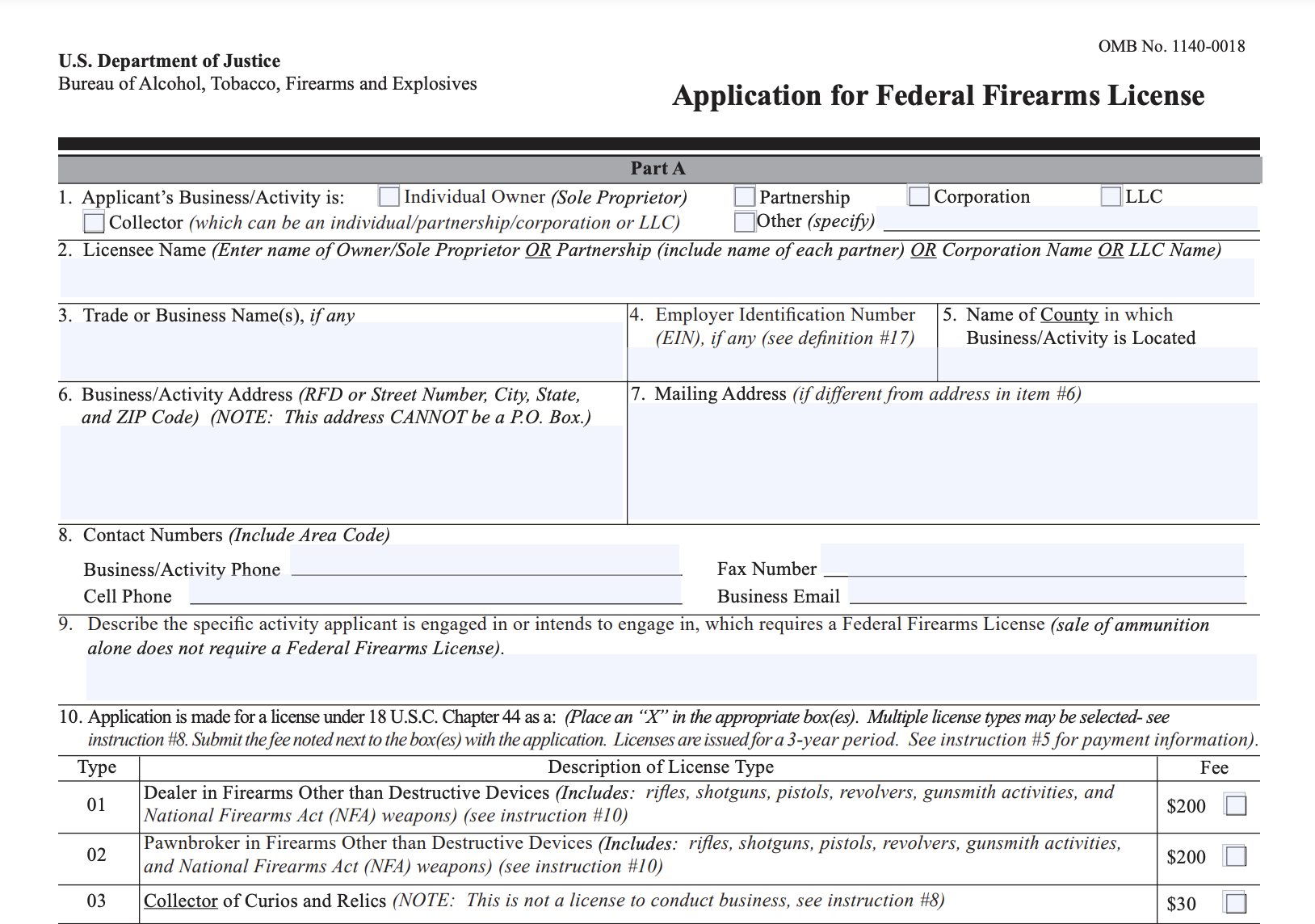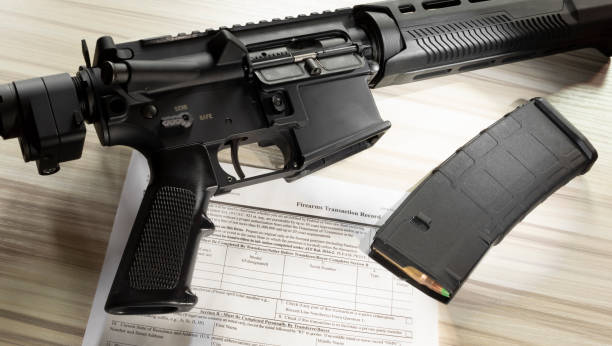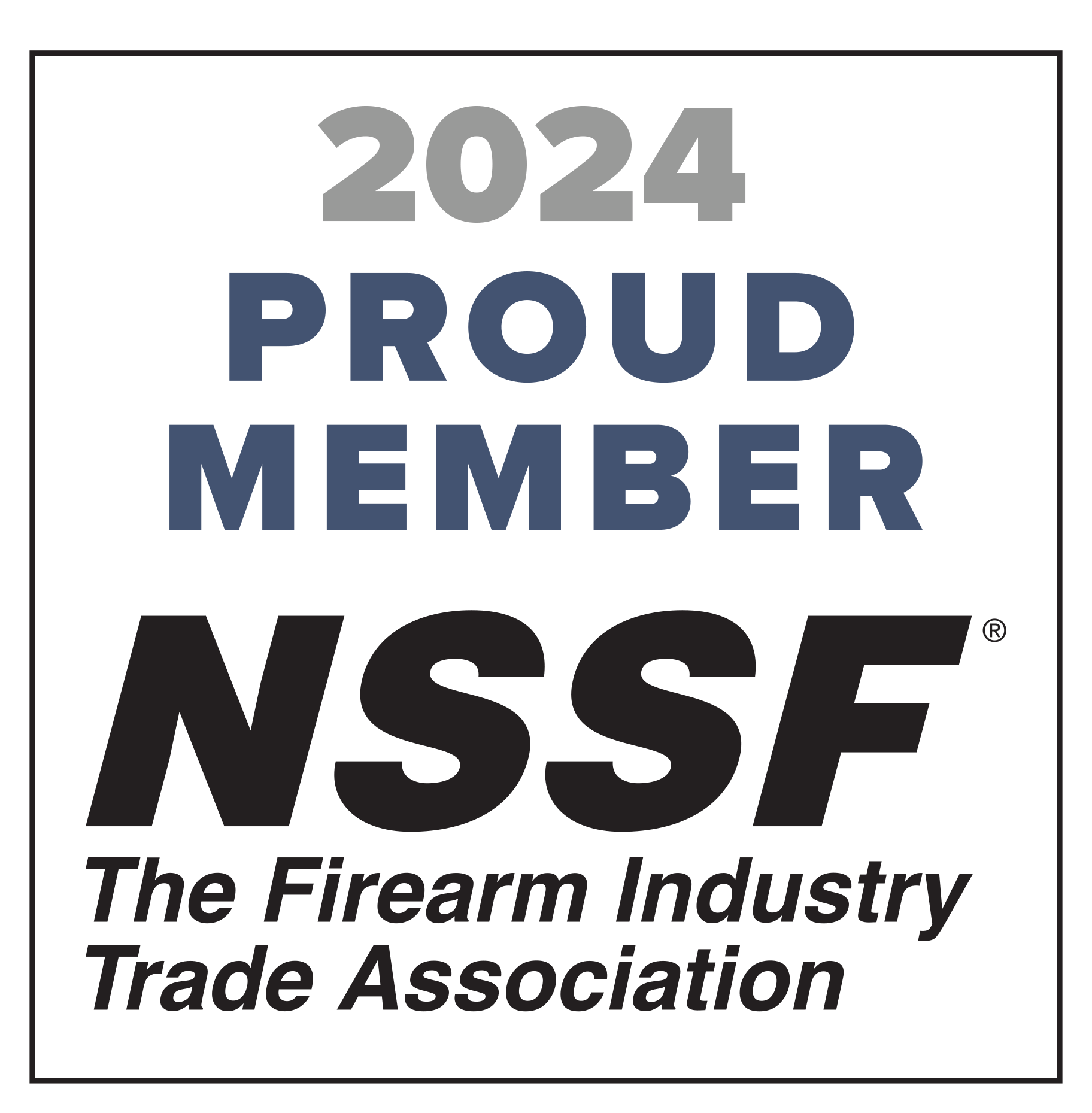Anyone engaging in manufacturing, importing, or dealing in firearms must be licensed by the ATF. There are nine Federal Firearm Licensee (FFL) License Types available.
- FFL License Types
- FFL Licenses By State
- Dealer License Types
- Manufacturer License Types
- Importer License Types
- Other License Types
FFL License Types
Federal Firearm License (FFL) Type 1, Type 7, and Type 2 are the most popular.
FFL Licenses By State
In order, Texas, Florida, Pennsylvania, Ohio, North Carolina, California, Arizona, and Missouri are the states with the most Federal Firearm Licenses in them.
Dealer License Types
Type 1: Dealer
The Type 1 FFL is the most common type of Federal Firearms License (FFL) Type in the country. About 67% of active Federal Firearms Licensees are Type 1. Type 1 is a popular license type for firearm enthusiasts that want to become gun dealers – even for a home-based FFL, just for use online or at gun shows, or even for some side-money conducting an FFL transfer. If you don’t intend to manufacture guns, this is likely the FFL type for you.
Federal Firearms License (FFL) Type 1 allows for the buying and selling of firearms as a business (e.g., firearm dealer) and gun smithing activities which is all you need if you want to work with Title I firearms (standard firearms). With this FFL, you are considered a title I dealer.
If you want to deal with National Firearms Act (NFA) items (e.g., machine guns, short-barreled shotguns, silencers, destructive devices, etc.), you are required to become a Special Occupational Taxpayer (SOT). Customers will still need to purchase the NFA weapon on an ATF Form 4 and get their tax stamp.
Type 2: Pawnbroker
A Type 2 FFL allows the pawn brokering of firearms (other than destructive devices), including rifles, shotguns, pistols, revolvers, gunsmith activities, and National Firearms Act (NFA) weapons). If you’re not a licensed pawnbroker, this is not the FFL License Type for you.
Type 9: Dealer in destructive devices
A type 09 FFL deals in destructive devices, which include non-sporting guns over 50 caliber, grenades, artillery, certain types of semi-auto shotguns, and exploding ammo.
Destructive devices require registration, and most states allow private ownership of destructive devices and their many collectors of rare and exotic weapons. Military contractors, law enforcement, and government agencies also buy destructive devices.
Manufacturer License Types
Type 6: Manufacturer of Ammunition for Firearms
Type 6 FFLs manufacture ammunition with the intent to sell. It does not allow any business activity with firearms, and they may not manufacture ammunition for destructive devices or armor-piercing ammunition.
Type 7: Manufacturer of firearms
The second most common type of FFL, a Type 7, allows the licensee to manufacture firearms or ammunition to sell. Like a Type 1 FFL, it also allows the licensee to buy and sell firearms.
A common misconception about a Type 7 FFL is that they must register with ITRA and pay a hefty fee–this only applies to a licensed manufacturer who intends to make at least one NFA firearm.
As a Type 7, when you manufacture an NFA item, there is no pre-approval or waiting period; you only need to submit the NFA form after you manufacture the item.
Type 10: Manufacturer of destructive devices, ammunition for destructive devices or armor piercing ammunition
The Type 10 FFL is very similar to the Type 07 FFL in that it is a manufacturer’s license. Type 10 FFL also allows for the manufacturing of destructive devices, ammunition for destructive devices, or armor-piercing ammunition. It is an FFL requirement to have an intent to make these two particular classes of items.
Importer License Types
Type 8: Importer of firearms or ammunition
A Type 08 FFL is an Importer of Firearms Other than Destructive Devices or Ammunition for Firearms Other than Destructive Devices, or Ammunition Other than Armor Piercing Ammunition
Type 11: Importer of destructive devices, ammunition for destructive devices or armor piercing ammunition
The Type 11 FFL is much like a Type 10 FFL, only for importing Destructive Devices, ammo for Destructive Devices, or armor-piercing ammo.
This is a limited FFL and usually only suits FFLs dealing with government agencies or importing certain kinds of rare and collectible military arms for museums or wealthy private collectors.
Other License Types
Type 3: Collector of curios and relics
A Type 3 FFL collects curios and relics and may only receive c&r firearms for the licensee’s personal collection. Type 3 FFLs are considered to be licensed collectors only and not licensed dealers or manufacturers.
A Type 3 FFL may not conduct business with firearms or receive modern firearms. It does, however, allow you to purchase eligible antique firearms without additional background checks and paperwork on each gun. The ATF website says “The principal advantage of a collector’s license is that a licensed collector can acquire curios or relics in interstate commerce. While there are some exceptions for certain newer guns, a good rule of thumb is that a gun must be at least 50 years old to be considered a curio and relic.
Those intending to engage in the firearms business should apply for a license other than FFL License Type 3.

